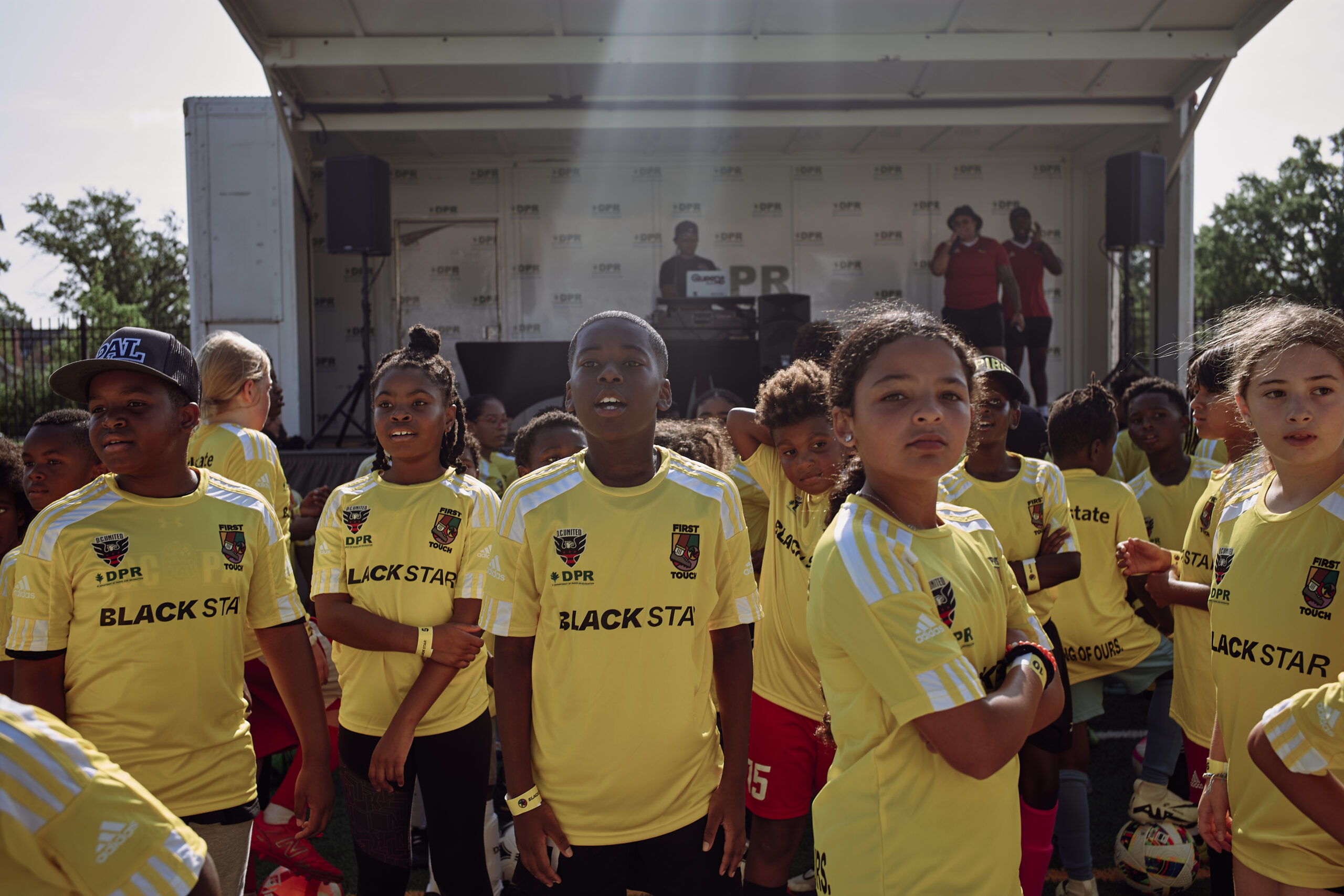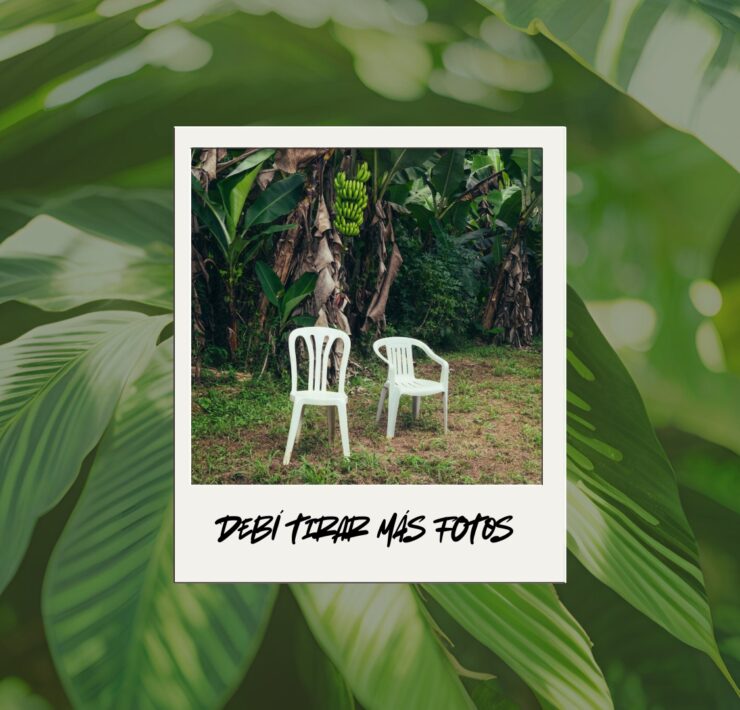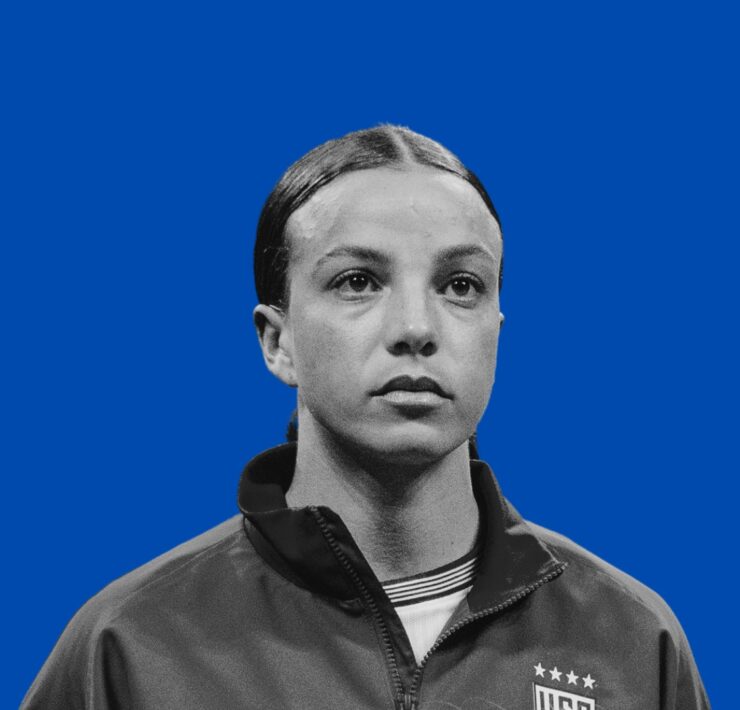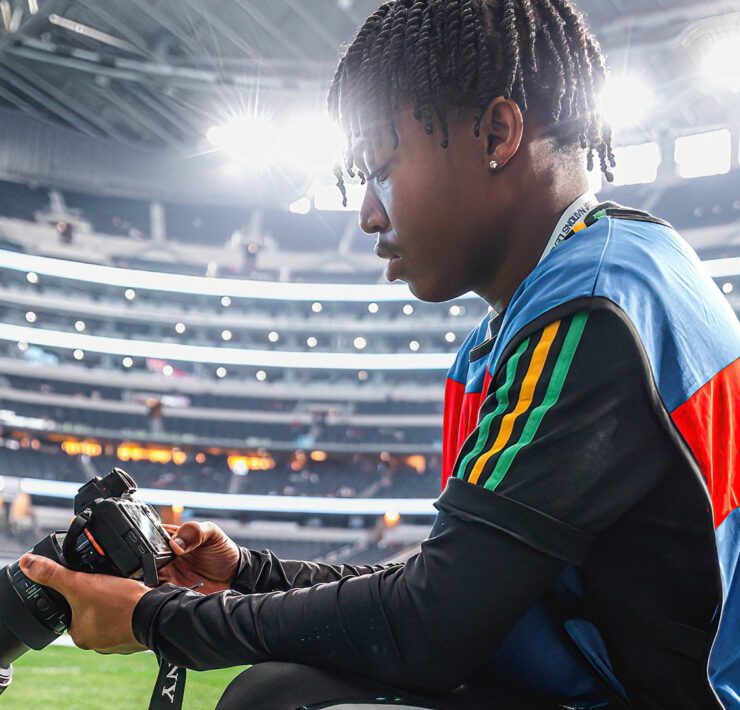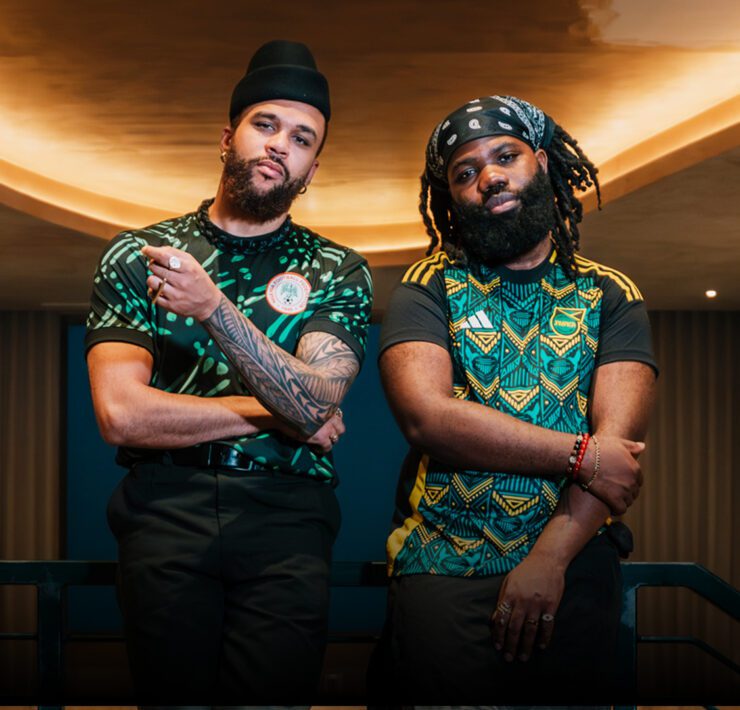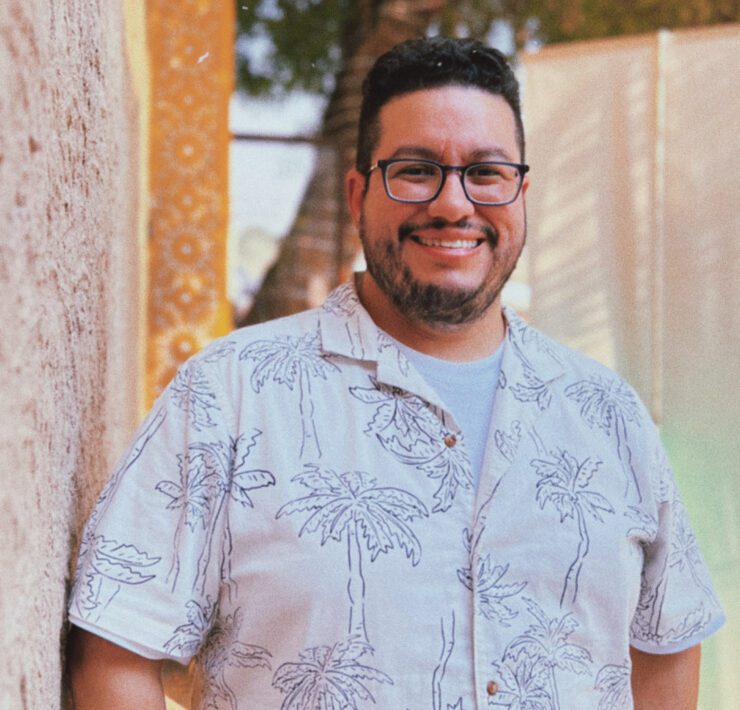Mariah is a professional soccer player for Adelaide United and…
Yesterday, I volunteered for the first time at a nearby elementary school with One Culture Football, which aims to empower marginalized youth through soccer. Before we started, I introduced myself to the kids and shared that I’m an American playing for Adelaide United. Naturally, I received all sorts of questions in return.
Which state are you from? What position do you play? What’s your number?
Those were easy enough to answer.
Washington… Forward… 7…
But the last question was a little trickier.
Where in Africa are you from?
I think I said something like,
I’m from America, uh, I’m African-American, uh, that’s my ethnicity… Let’s play soccer!
Most people around the world can trace where their ancestors “came from,” and as this girl did, assume that so can everyone else. For most African-Americans, that is not the case. Since it’s Black History Month, I think it’s a perfect time to dig a little deeper into this phenomenon.
First off, let’s start with some terminology. African-American and Black are often used interchangeably, however, they have slightly different meanings. African-American refers to Americans with African ancestry. Black refers to anyone, anywhere within the African (or Black) diaspora, emphasizing the collective yet multifaceted nature of the group. Lastly, Black-American recognizes all of the richness that Black encompasses while also specifying an American nationality. A host of words have been used to categorize the descendants of enslaved people in America (from negro to colored to Black, the list goes on…), thus the racial term of Black has always been in direct relation to white.
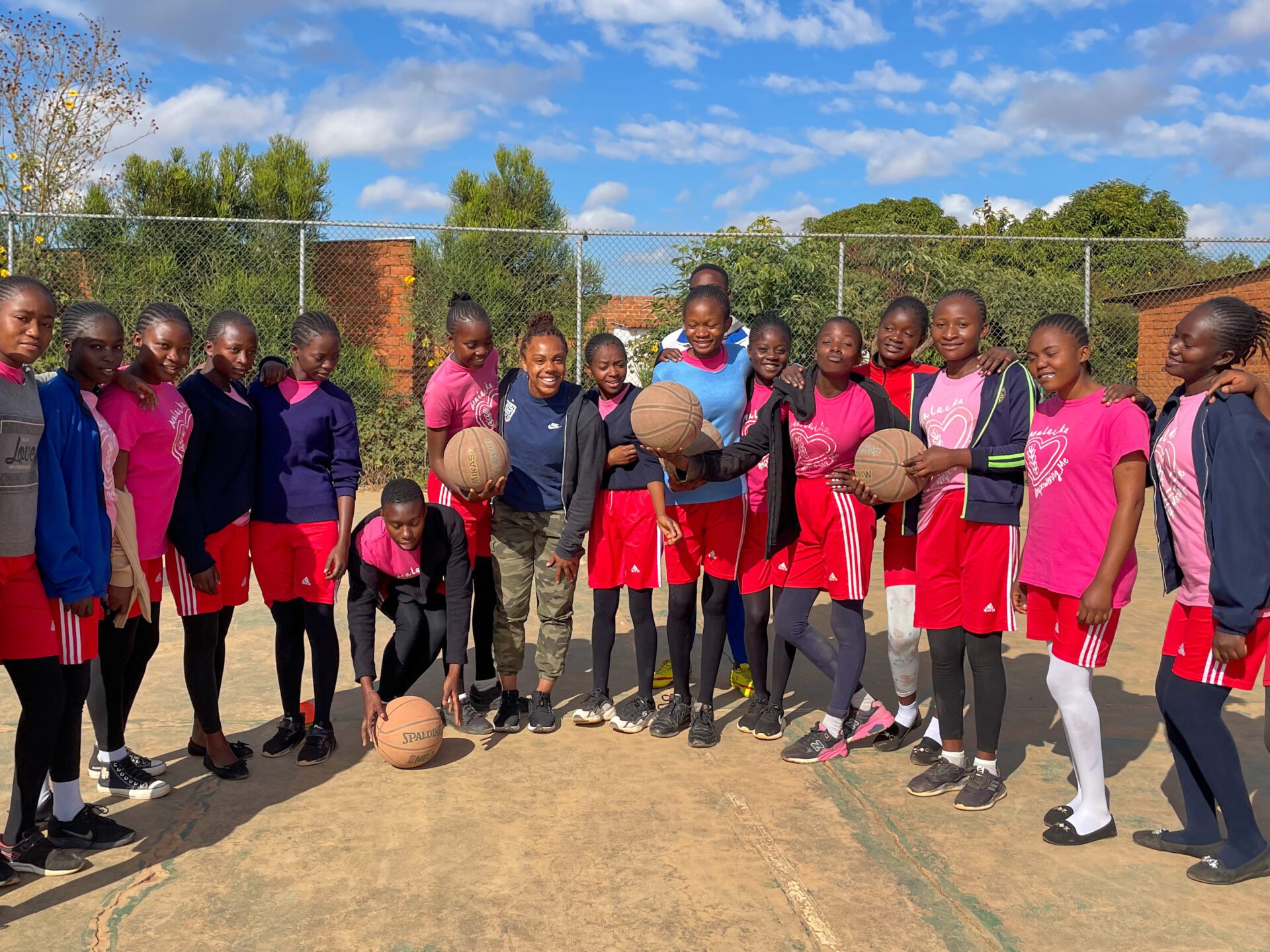
As opposed to first or second generation African immigrants, most of the folk in the United States who look like me are descendants of people who were kidnapped from their homes and forcibly brought to this country. Once here, they were stripped of their humanity and were legally considered as property. Enslaved people held no rights. They were routinely sold from their families, given new names, forbade from speaking their native language, outlawed from practicing their religion, prohibited from learning to read or write, raped, and worked to death. When all of these atrocities are committed generation after generation, ancestral language, customs, and knowledge is lost.
From 1619, when the first enslaved Africans were brought to the U.S. (one year before the Mayflower landed on Massachusetts’ shore), until 1808 the practice of importing slaves from other nations to the U.S. was legal. 1808, however, did not end (or even minimize) the practice of slavery; just constrained its expansion to means of reproduction. Just as a farmer could increase the size of his flock through breeding, so could a plantation owner. However, the latter didn’t necessitate the ownership of a stud– a slave owner could do that himself as slave status was inherited maternally.
What that means for me, is that it’s easier to trace the lineage of my white ancestors than my Black. Earlier this month, my family joined Ancestry and started to map our family tree. The furthest I can trace any Black ancestor is five generations; on the white side, I’ve gotten to 18 (and counting). Genealogy is traced through documents; birth records, death records, marriage records, and the Federal Census are often the starting point. Remember, slaves were considered property, not people. Their existence was recorded in the census within an owner’s slave schedule, which listed sex, age, color, but not name. The 1870 census– the first after the 13th Amendment was ratified abolishing slavery– was the first to include first and last names of former slaves. Post-Emancipation, many Black folks discarded the surname of their owner and took on new names, thus increasing the difficulty of tracing the lineage of Black-Americans.
In my family’s tree, I can identify all of my great-grandparents by name, but after that it starts to get murky. For example, on my father’s father’s side, the tree ends with my great grandfather Robert E. Lee, Sr, a Black man born in Alabama in 1886. For those of you who paid attention in history class, you might recognize the name. Robert E. Lee was the infamous commander of the Confederate Army. My family believes we are of no relation as General Lee’s plantation was located in Virginia. A possible explanation is that my great grandfather took on the name because it’s highly respected in the South.

In contrast, on my mother’s father’s side we can trace ancestors back to 15th century Scotland. According to the family, my grandfather’s grandmother was a “kitchen-baby,” a euphemism for the progeny of a slave owner and enslaved woman – in our case, the slave owner’s teenaged son. The plantation owner was a distinguished man in the area with a well-documented family tree. His father immigrated from Scotland in the early 1800s.
With the advent of genetic testing sites, Black people have gained unforeseen insight into our heritage. However, a report saying you’re DNA is a third “Cameroon, Congo, and Southern Bantu,” a third “Benin/Togo,” and a third “England, Wales, and Northwestern Europe” (which is my maternal grandmother’s genetic makeup), ultimately doesn’t make me feel any more connected to those lands. To me, what’s beautiful about Black folk is our way of creating such a rich and vibrant, collective culture in the United States out of innumerable instances of trauma and turmoil. I’ve traveled throughout the Americas, Europe, and Africa, but North Carolina—where my mother’s side of the family has lived for many generations—is where I feel closest to answering the question of “where I’m from.”
Mariah is a professional soccer player for Adelaide United and a freelance writer. She holds a B.A. from Stanford University and a M.S. from the Wake Forest School of Business.



